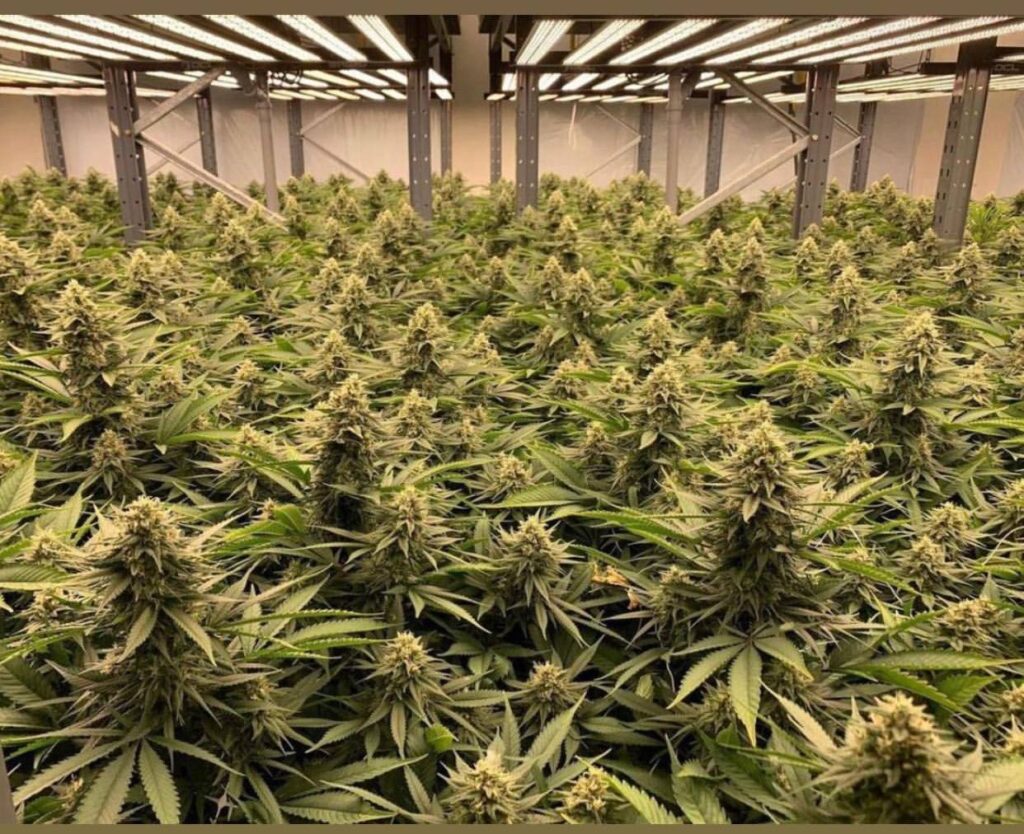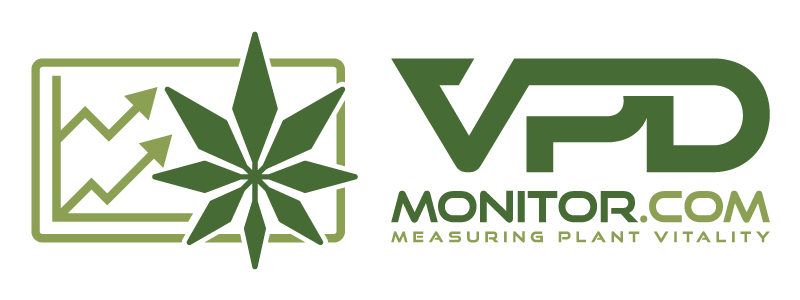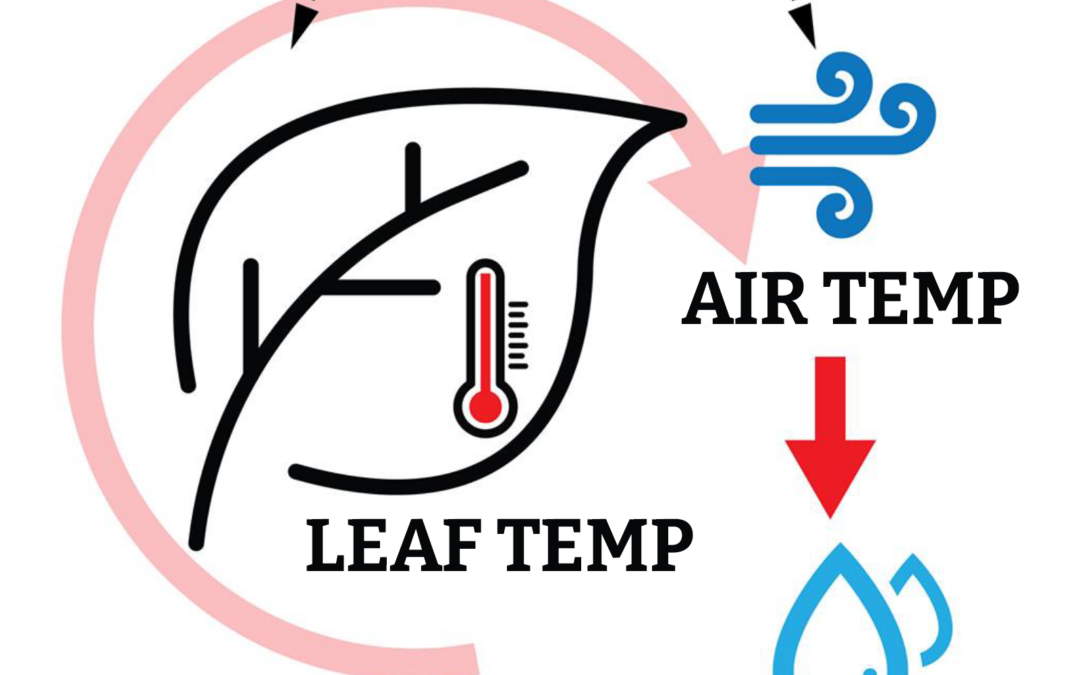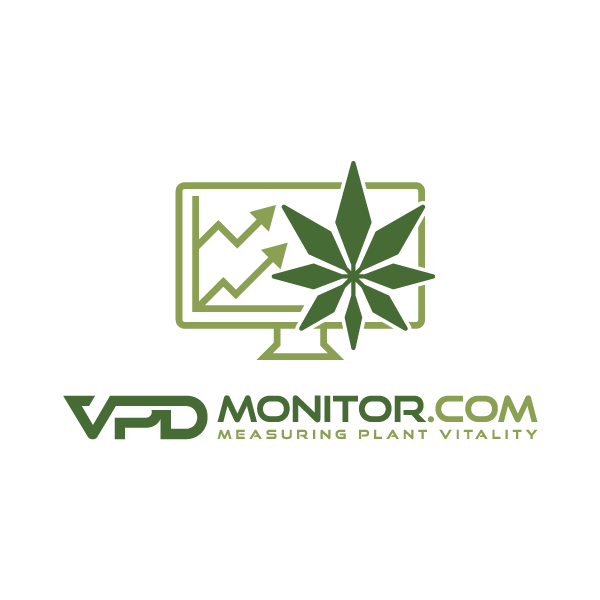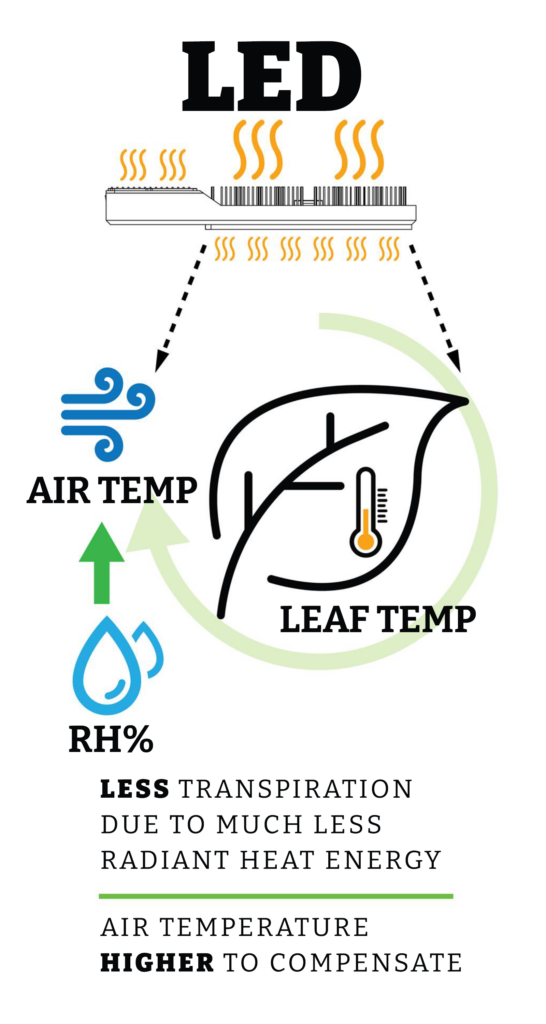
5 Essential Tips for a Smooth Transition from HPS to LED Lighting
The future of indoor growing lies in LED lighting, and many cultivators are recognizing the need for energy-efficient solutions by making the switch from HPS to LED technology. If you’re among those transitioning, you might be wondering how to fully leverage the advantages of LED lighting and ensure the success of your grow. To help you, we’ve compiled five crucial tips to follow during the transition process.
- Adjust Temperature for LED Growth
When using HPS lights, cultivators are familiar with the significant amount of radiant heat emitted by these fixtures, which warms up the upper foliage of plants. While this heat can be beneficial, excess radiant heat can damage crops. LED fixtures, on the other hand, produce significantly less radiant heat than HPS. Therefore, it’s important to compensate for this difference by raising the ambient room temperature. By doing so, you can mimic the beneficial warming effect of HPS lighting and create an optimal environment for your plants.
- Use VPD as a Management Tool
In addition to adjusting the temperature, it’s crucial to balance other conditions, such as moisture, in your grow space. Vapor Pressure Deficit (VPD) is a measurement that indicates the difference between the actual moisture in the air and the amount of moisture it can hold when saturated. Managing VPD can promote maximum growth and address two key factors: disease prevention and transpiration.
Maintaining an appropriate VPD range is important to prevent moisture-related diseases and promote effective transpiration, which drives plant growth. Adjusting humidity levels along with temperature changes is necessary to maintain a favorable VPD. By monitoring and managing VPD, you can optimize your growing environment and maximize the potential of your LED lighting.
- Consider HVAC and Dehumidification
When transitioning from HPS to LED, it’s essential to consider the impact on dehumidification. LED lights are more energy-efficient than HPS, which means they generate less heat. Consequently, your existing HVAC system may not be effectively controlling humidity levels. To address this, it’s recommended to install dedicated dehumidification equipment. Since a significant portion of water vapor is released from plants through evapotranspiration, managing humidity becomes even more critical during the transition to LED lighting. (http://questclimate.com)
- Understand the Effects of Light Spectra and Intensity
Aiming for a balanced light spectrum is key when using LED lighting. Different light wavelengths have varying effects on plant growth, a phenomenon known as photomorphogenesis. While HPS lights emit a spectrum dominant in far red, red, and yellow wavelengths, LED lights offer a more balanced spectrum rich in blue, green, yellow, and red light. Crops grown under the balanced spectrum of LED lighting exhibit growth patterns more similar to those under natural sunlight, resulting in stockier plants with thick stems and broad leaves.
Additionally, the reduced radiant heat emitted by LEDs allows growers to increase the Photosynthetically Active Photon Flux Density (PPFD), which is the amount of usable light for plants. However, it’s important to optimize other environmental factors such as temperature, humidity, CO2 levels, watering, and nutrients to support the increased light intensity. Monitoring light intensity using a PAR meter and adjusting growing parameters accordingly can help prevent photoinhibition and promote balanced growth. (http://ocl-lighting.com)
- Monitor and Adjust Nutrition and Irrigation Based on Transpiration
Contrary to a common misconception, switching from HPS to LED lighting doesn’t automatically require increased nutrient and irrigation levels. The need for additional nutrients often arises from growers not adjusting other room parameters, such as temperature, humidity, and VPD. Transpiration, the process of water movement within plants, plays a vital role in nutrient delivery. By optimizing transpiration through appropriate environmental adjustments, you can maintain or even decrease nutrient needs. (http://si5ala.com)
